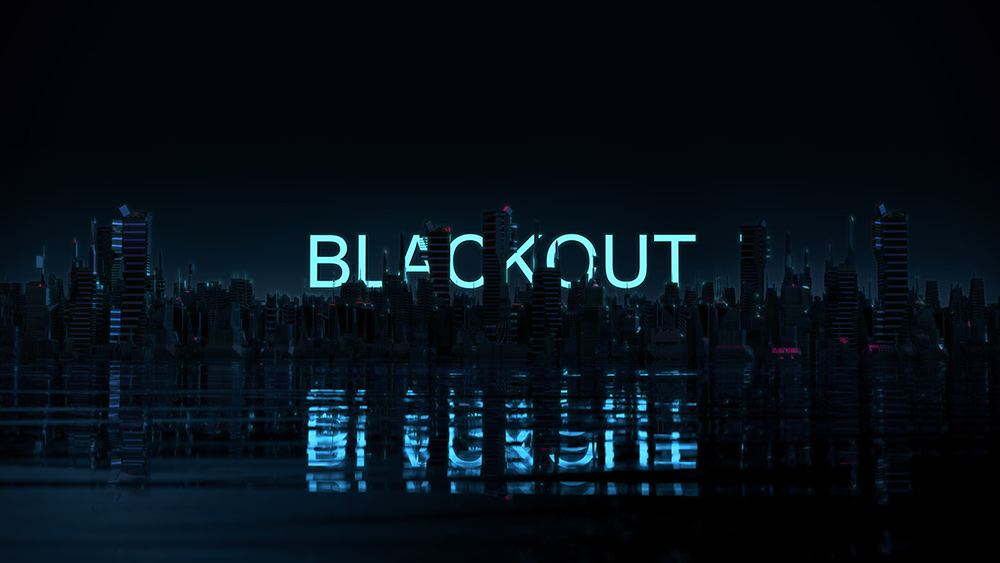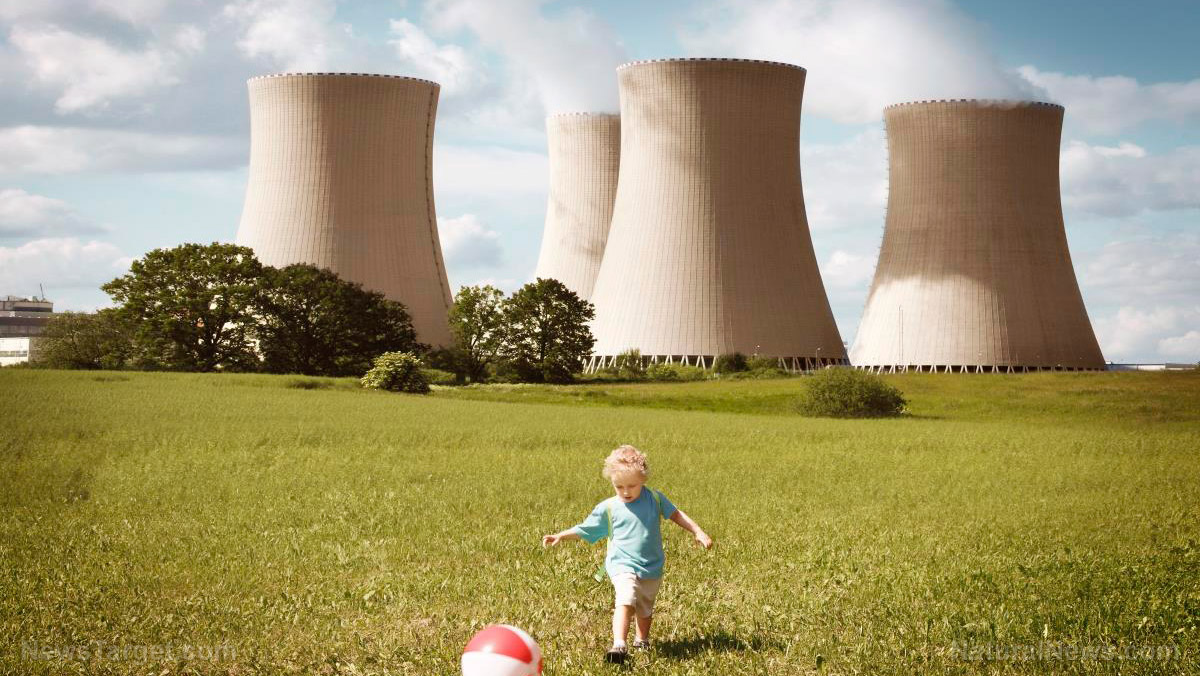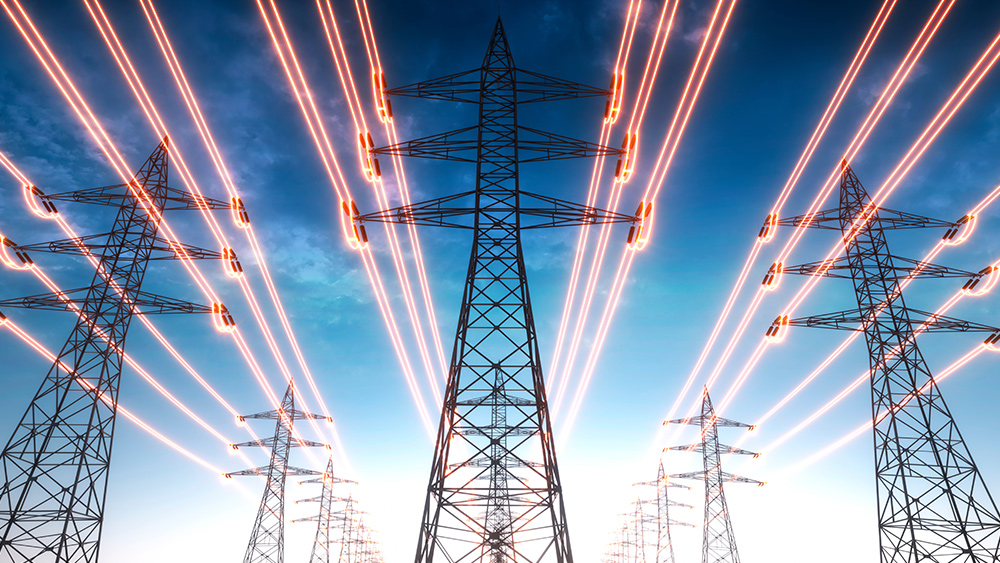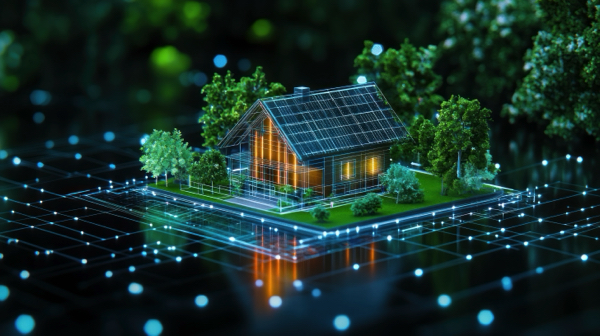Winter blackout risk soars as AI electricity demand outpaces grid capacity, NERC finds
11/20/2025 / By Cassie B.

- A federal report warns the U.S. power grid faces a high risk of blackouts this winter.
- Surging electricity demand, driven by AI data centers, is outpacing grid capacity.
- The energy mix’s shift to intermittent renewables adds to winter reliability concerns.
- Officials cite the 2021 Texas grid failure as a sobering precedent.
- Personal preparedness with backup power and heat is now critical for safety.
A chilling federal report has confirmed what many prepared Americans have long suspected: the nation’s power grid is teetering on the edge of failure, and the unquenchable thirst of artificial intelligence data centers could be the final straw this winter. The North American Electric Reliability Corporation (NERC) has issued a serious warning that large parts of North America face a heightened risk of blackouts during the coming cold months, a direct result of electricity demand surging at a pace that grid capacity cannot match. This crisis, driven by a 20-gigawatt jump in winter electricity demand since last year, exposes the profound vulnerability of our modern, digitally-dependent society to the harsh realities of nature and poor planning.
The 2025-2026 Winter Reliability Assessment from NERC paints a grim picture for a continent increasingly reliant on constant power. The report states, “much of North America” is at an elevated risk of being unable to meet electricity demand during “extreme operating conditions.” This is not a hypothetical concern but an urgent alert grounded in a simple, dangerous equation: demand is growing far faster than the resources being added to the grid. The lifeblood of our modern economy, from home heating to life-saving medical devices, is now in the crosshairs.
The AI demand surge
At the heart of this crisis is the explosive growth of energy-hungry AI data centers. These facilities operate on a 24/7 cycle, fundamentally altering the grid’s daily load and lengthening peak demand periods. NERC found that winter electricity demand is now rising at the fastest rate in recent years, “particularly in areas where data center development is occurring.” This constant, massive draw of power is compounding the traditional winter peak, which occurs during the dark, cold hours before sunrise and after sunset when solar generation is nonexistent.
John Moura, NERC’s director of reliability assessments, provided critical historical context, drawing a direct line to the catastrophic grid failures of the recent past. “Electricity demand continues to grow faster than the resources being added to the grid,” Moura said, “especially during the most extreme winter conditions where actual demand can topple forecasts by as much as 25% — as we saw in 2021 in ERCOT and SPP.” This reference to the 2021 winter storm that crippled Texas serves as a sobering reminder that today’s warnings are built upon yesterday’s failures.
A fragile energy mix
The problem is exacerbated by a shifting energy mix that prioritizes intermittent sources like wind and solar. NERC’s report explicitly warns that these green energy sources could worsen reliability problems during winter peaks, precisely when they are most needed. The inherent unpredictability of renewables introduces a layer of risk that a stable grid cannot tolerate. What happens when a prolonged cold snap, known as a “wide-area cold snap,” settles over a region and the wind simply does not blow?
In a telling response to the looming emergency, the Department of Energy was forced to take drastic action to shore up the crumbling system. The agency issued an emergency order to extend operations at Michigan’s J.H. Campbell coal plant through February 2026. This move to keep a traditional, reliable power source online is a clear admission that the current energy policies have dangerously undermined grid stability. It is a temporary fix for a systemic problem, a band-aid on a critical wound.
The vulnerability of these systems is truly alarming. As NERC officials noted, the grid’s ability to handle extreme cold is now a precarious balancing act between managing surging demand and an intermittent supply. A single point of failure, such as a minor oversight or a frozen natural gas wellhead, could cascade into the loss of significant grid production capacity, resulting in controlled, rolling blackouts or even a complete collapse.
This report underscores the folly of centralizing our most critical infrastructure on a fragile network while simultaneously pushing for full electrification of vehicles and homes. The experience of widespread power outages in 2021 was a lesson in our dependence on a system that can and does fail. With memories still fresh from those dark nights without heat or communication, the prospect of another crisis looms large.
This winter, the resilience of communities will not be determined by government assurances but by the personal preparations of their citizens. The time to secure backup communication systems, independent power generation, and alternative heating sources like wood-burning stoves is now. The coming arctic blast is not just a test of turbines and transmission lines; it is a test of our foresight and our commitment to individual liberty in the face of systemic failure.
Sources for this article include:
Submit a correction >>
Tagged Under:
AI, Big Tech, blackout, collape, data centers, electricity, energy demand, energy supply, glitch, grid, new energy report, power, power grid, renewables, tech giants, technocrats
This article may contain statements that reflect the opinion of the author
RECENT NEWS & ARTICLES
NewEnergyReport.com is a fact-based public education website published by New Energy Report Features, LLC.
All content copyright © 2018 by New Energy Report Features, LLC.
Contact Us with Tips or Corrections
All trademarks, registered trademarks and servicemarks mentioned on this site are the property of their respective owners.



















